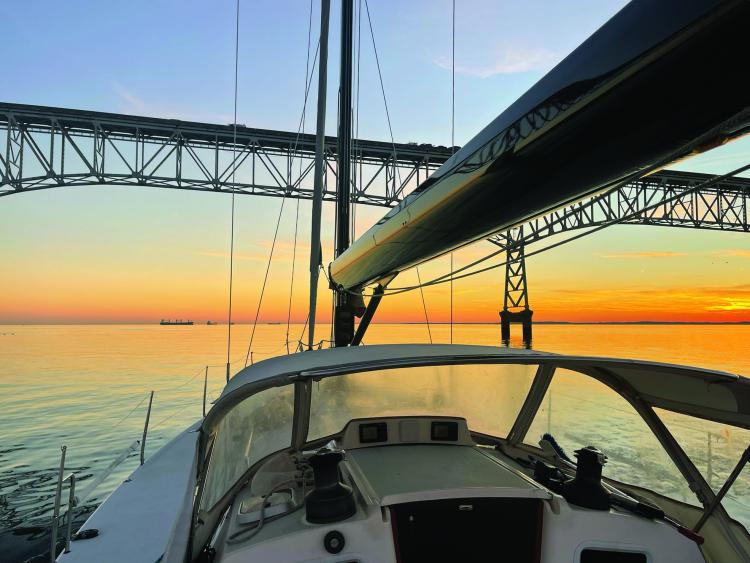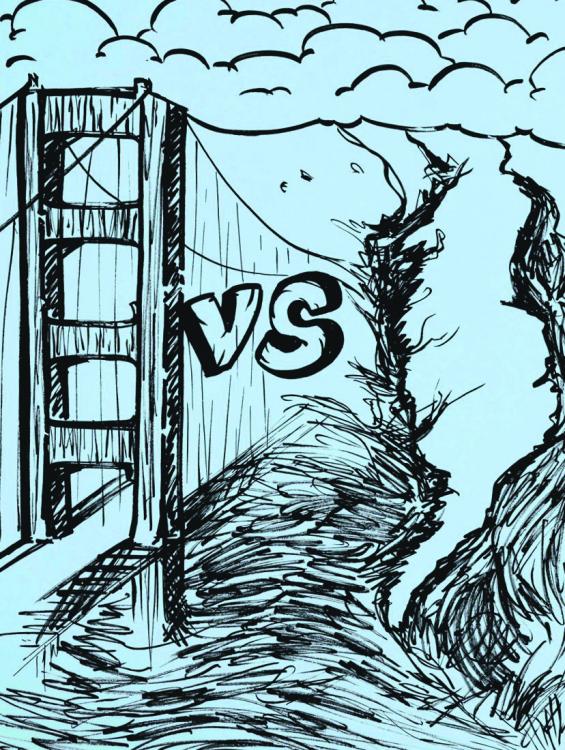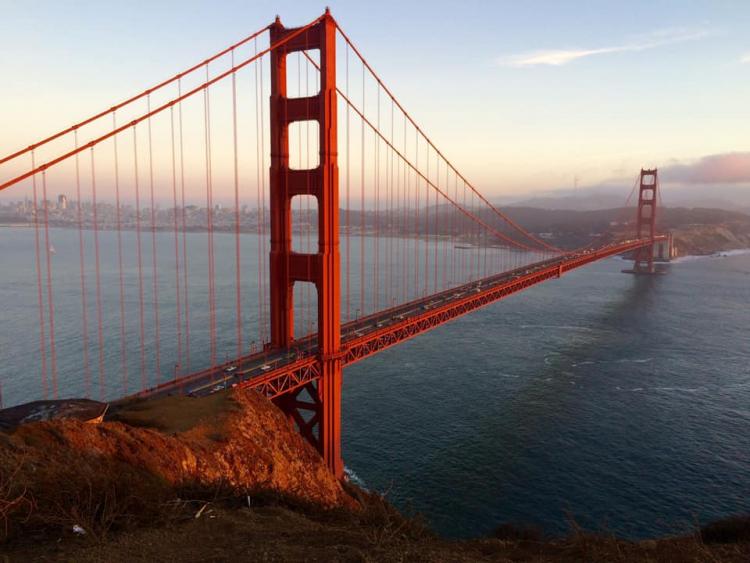Which Bay Is Better: Chesapeake or San Francisco Bay?
I recently discovered a podcast series from a few years ago called BayWide, which explores various Chesapeake Bay oriented topics. The first episode from July 2018 caught my attention, as it compared the differences between Chesapeake and San Francisco Bays. I was inspired to share some of the compelling stats here in SpinSheet, with due credit to BayWide for the idea.

We all hear people from San Francisco claiming they’re from “The Bay Area,” but with more than three dozen bays throughout the United States, one may ponder why only one carries this moniker. While San Francisco Bay is the largest estuary on the West Coast, several facts size up our Chesapeake as being far superior compared to its California counterpart.
Size matters
For starters, our 4479-square-mile Chesapeake is eight times larger than the 550-square-mile San Francisco Bay. To put that in perspective, that’s about the size of the Virginia portion of the Chesapeake, from the southern shore of the Potomac and Pocomoke Sound to the Chesapeake Bay Bridge-Tunnel.
San Francisco Bay has a very nice 500-mile hiking trail around its shoreline which would take about seven weeks to complete at 10 miles per day. Hiking the Chesapeake’s 11,684-mile shoreline would take the same hiker more than three years to complete.
In terms of length and width, our Bay spans about 200 miles from the Susquehanna to Norfolk, vs. the 60-mile length of San Francisco Bay which is about the distance from Baltimore to Cambridge, MD. San Francisco Bay’s 12-mile maximum width is about a third of the Chesapeake’s 35-mile max width.

Rivers and Depth
The Sacramento River and the San Joaquin River are the two major rivers feeding San Francisco Bay with about 90 percent of its fresh water. While the Susquehanna River supplies approximately 40 percent of the fresh water to our Chesapeake, more than 150 other rivers feed the Bay each day. And while the average depth of San Francisco Bay is about twice the Chesapeake’s average 21-foot depth, this is actually an advantage to the wildlife that calls our Bay home. Shallower depth means more sunlight reaches the bottom, helping underwater grasses provide ample habitat for wildlife.
Wildlife
While these statistics may seem trivial, they all add up to an environment that’s far richer for marine life in the Chesapeake. Nutrients pour into the Bay every day from the many rivers stemming from the six states comprising our 64,000 square mile watershed. Shallow average overall depth and over 700,000 acres of sub-six-foot depth help more than 3600 species call the Chesapeake their home—about 3.6 times more than in San Francisco Bay. In addition, 284,000 acres of wetlands provide ample habitat for waterfowl and other species. Approximately one third of the Atlantic Coast’s migratory birds winter on our Bay.

Historical foundation
The Chesapeake was discovered by explorers as early as 1524, more than 200 years before the earliest accounts of explorers discovering San Francisco Bay. Our Bay played a strategic role in the American Revolutionary War as well. Annapolis was named the temporary Capital of the United States in 1783 with George Washington’s signing of the Treaty of Paris ending the Revolutionary War 67 years before California became a state.
No matter how you look at it, the San Francisco Bay pales in comparison to our Chesapeake. To be fair, the bay in Northern California has a lot to offer. The city perched on the hillside, the charm of the cable cars overlooking the bay, Pier 39, the Golden Gate Bridge, Alcatraz, and those lovely sea lions all make San Francisco Bay well worth the visit. But the sheer size of the Chesapeake, its overwhelmingly superior wildlife, and countless historical port cities and towns make our Bay the landslide winner. So, the next time you hear a native Californian claim to be from the “Bay Area,” make sure you respond by saying, “me, too!”
~By Steven Toole, who, in case you hadn’t guessed, is a diehard Chesapeake sailor.




